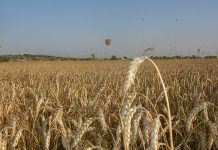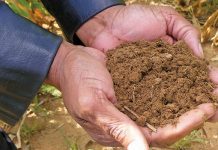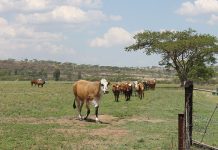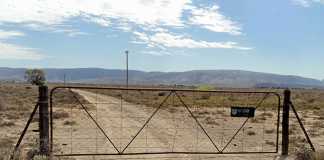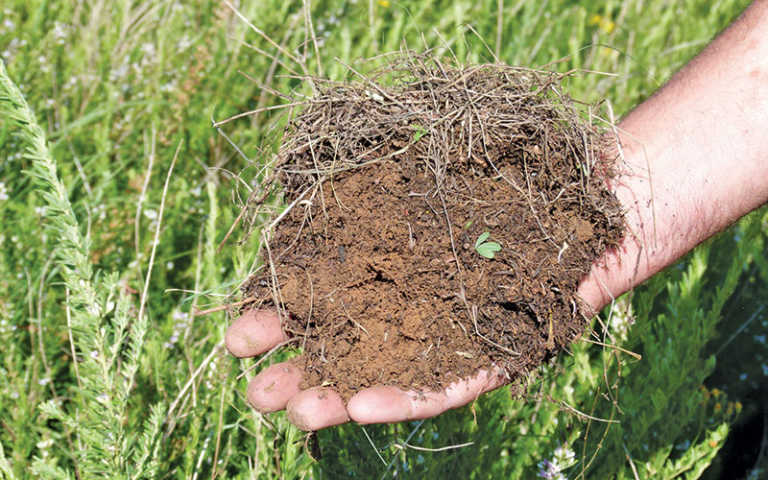
The question each farmer should ask every few years is: ‘Am I farming, or am I mining?’.
Speaking at a World Soil Day event in 2016, Maria-Helena Semedo, deputy director-general of natural resources at the UN’s Food and Agriculture Organization, said that if current soil degradation rates were not reversed, all the world’s topsoil could be gone within 60 years.
This means that there may only be 60 or so harvests left to reap from the world’s soil. She says some of the main causes of soil destruction include chemical-heavy farming techniques, deforestation, which increases erosion, and global warming.
Estimates published by the International Federation of Organic Agriculture Movements, suggest that the world is losing roughly 20ha of topsoil every minute, mostly due to intensive farming.
In a recent interview with UK newspaper, The Independent, Prof Raj Patel, research professor at the University of Texas in Austin, said that industrial agriculture was bringing about the mass extinction of life on Earth.
Patel, author of the bestselling book, The value of nothing: how to reshape market society and redefine democracy, will be one of the keynote speakers at the first ever Extinction and Livestock Conference in London, to be held in October, which will explore the impact of livestock production on the future of life on Earth.
Patel says, “The footprint of global agriculture is vast. Industrial agriculture is absolutely responsible for driving deforestation, absolutely responsible for pushing industrial monoculture, and that means, it is responsible for species loss”.
He refers, in particular, to the impact that run-off water from farms, contaminated with high volumes of agricultural fertiliser and other chemicals, is having on salt and freshwater ecosystems.
He also accuses the masters of industrial agriculture of not taking responsibility for the cost of the environmental damage caused by exploitative farming practices.
“The story of industrial agriculture is all about externalising costs and exploiting nature,” he says.
His solution includes a return to the days when people had access to common land.
While some of Patel’s ideas are rather radical, given the scope of the resource challenges we are facing, I’m not sure that anything other than radical solutions will suffice.
A more practical solution, however, would be to demand greater ecological accountability from the farming sector.
SA already has ample examples to show the world of how large-scale farming can be managed according to conservation agriculture principles, whereby farmers ultimately put more back into the soil than they take out.


